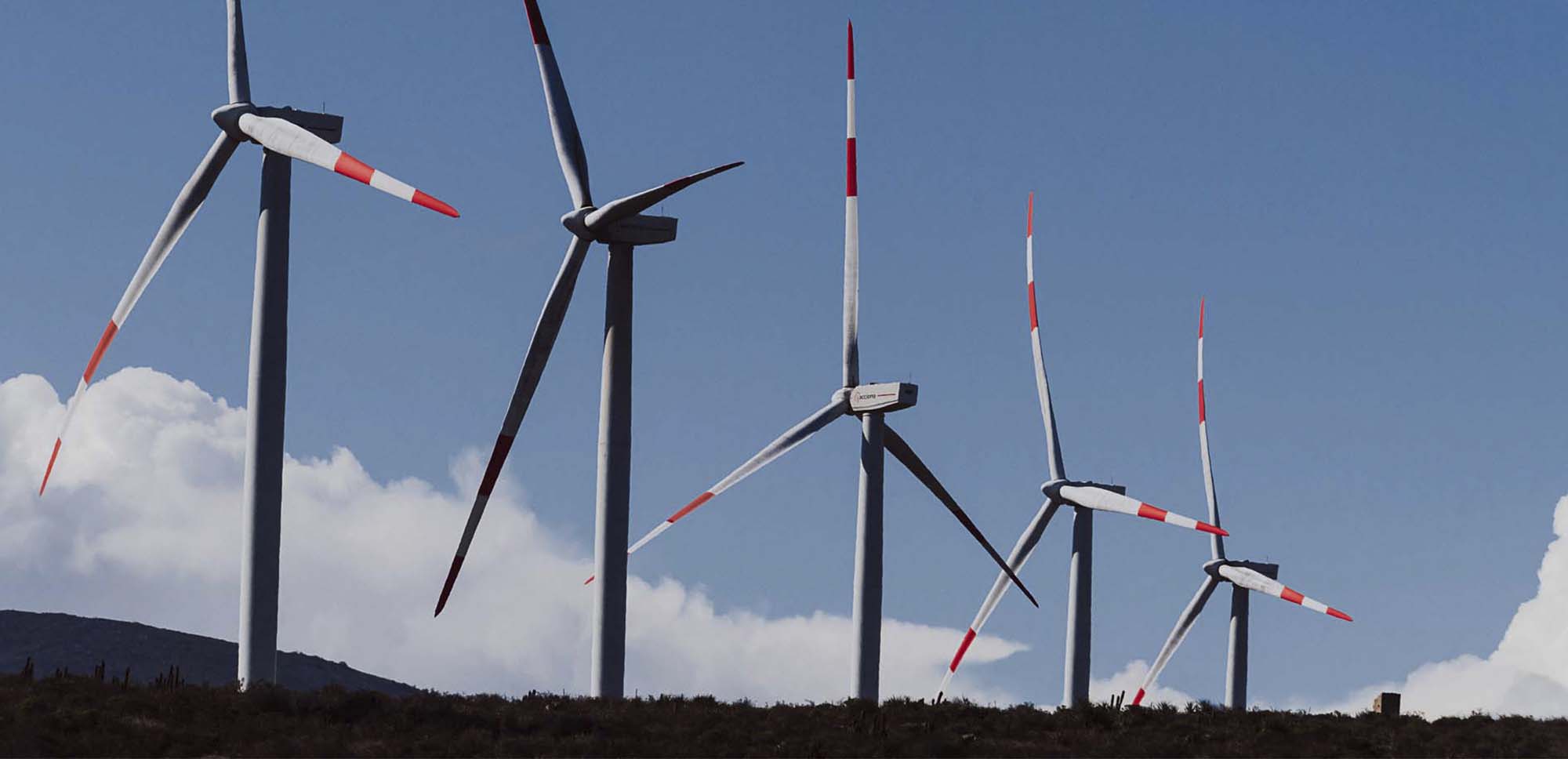20th Century Grids Giving Way To 21st century Smart Grids
According to the National Institute of Standards and Technology (NIST) the US energy grid can be characterized by its huge size, fragmentation and complex system. There are 3,200 electric utility companies, 17,000 power plants, 800 GW peak demand, 165,000 miles of high-voltage lines, 6 million miles of distribution lines, 140 million meters, over $1 trillion in assets and $350 billion in annual revenues.
What The New Grid Will Look Like
Smart grids will be measured in terms of their efficiency in distributing electricity, gas, pipeline contents of all kinds and water. Ideally, a smart grid will save energy and money. The current grid system isn’t “smart” because it is not aware of system overloads or outages or problems; the current feedback mechanism is a phone call from an irate customer. Repair people are sent out to fix problems, but they often have to work intensively to determine the exact cause of a problem.
New smart grids will be run by digital technology and will know immediately, through a feedback loop monitoring system, where a problem exists and what type of problem it is. Ideally a utility will know about a problem before or at the same time as its customers.
The following concepts are laid out by NIST and show how complicated this project is:
- System Aspects – architecture and data models, system modeling, economic analysis, smart grid testbeds, testing and certification methods, data networking, cybersecurity, usability, EMC
- Transmission and Distribution – metering, wide area measurement and control, grid scale storage, large-scale renewables integration.
- Distributed resources – distributed generation, distributed storage, micro grid operation
- Customer Domain – commercial building to grid, industry to grid, resident to grid, electric vehicle to grid
Making Grids Smart
A smart grid will intelligently route available resources throughout the entire system. In the case of the US, a smart grid will identify areas of overload and shortage, and send the cheapest source to required destinations quickly and efficiently. These types of decisions will be carried out by software according to algorithms, generating triggers and demand reduction calls.
The following graphics from National Institute of Standards and Technology (NIST) show the complexity of the issues:






